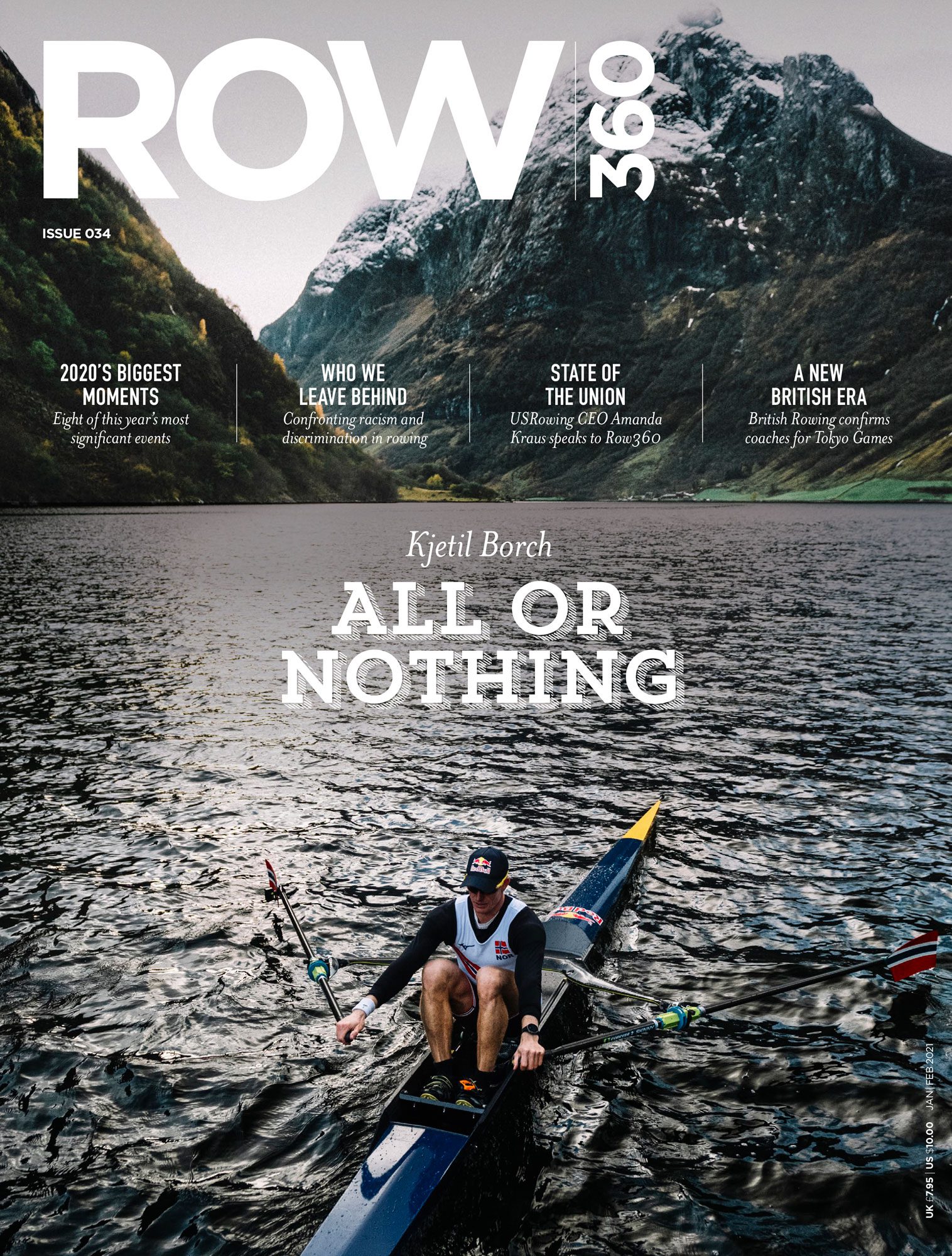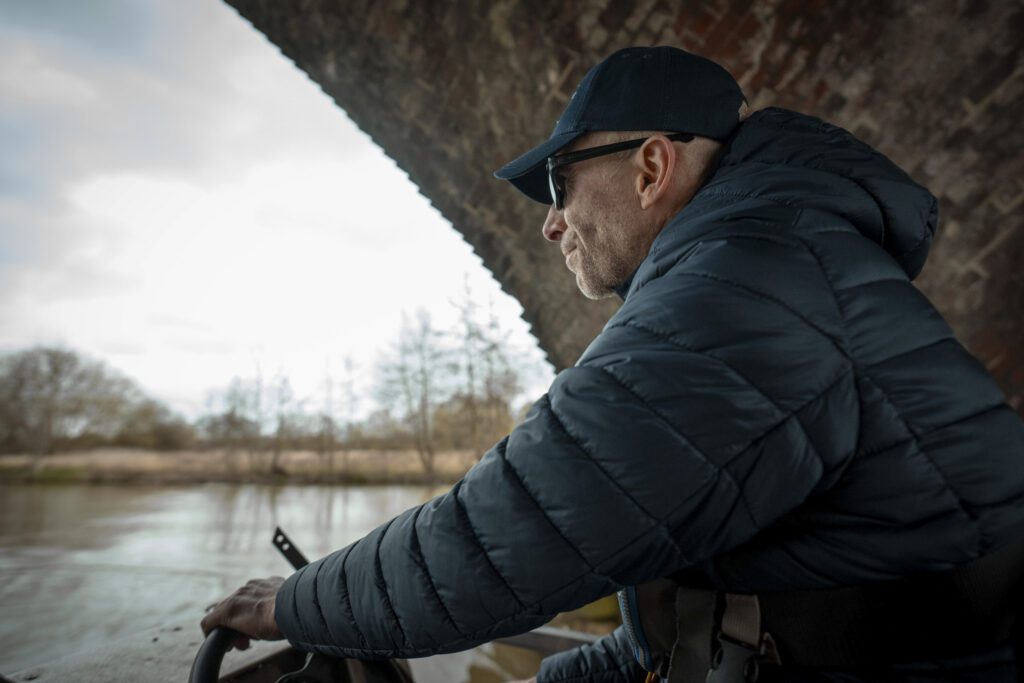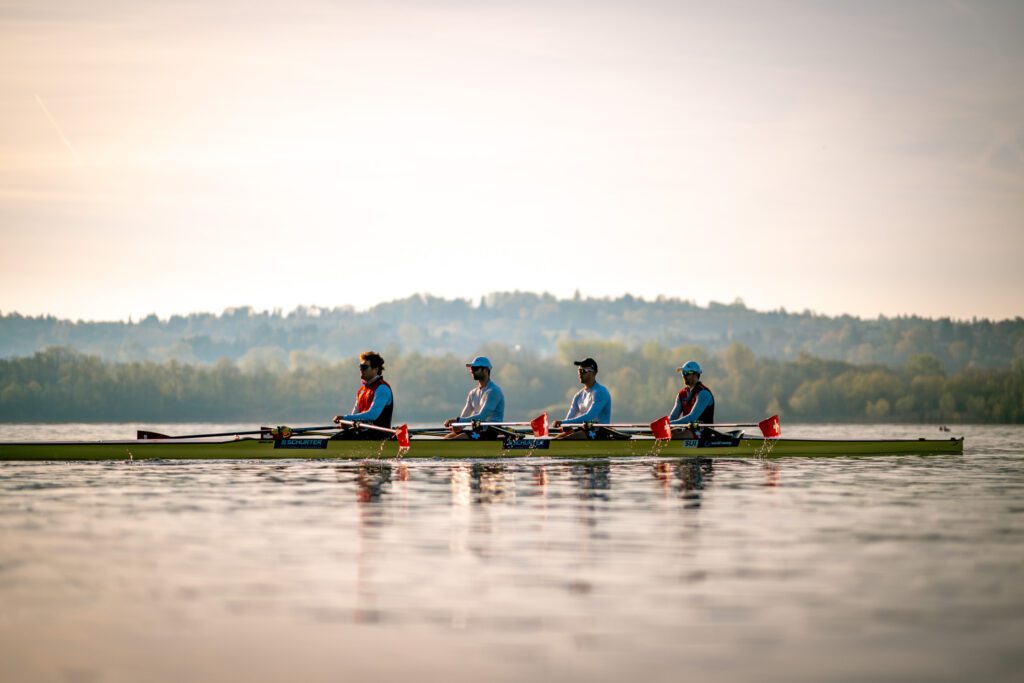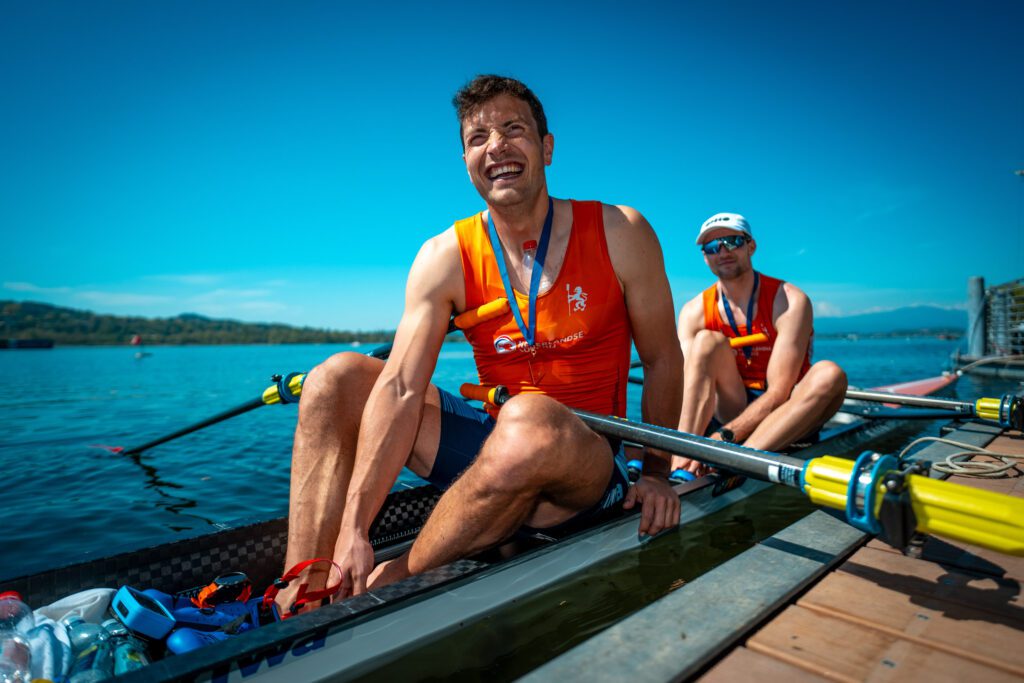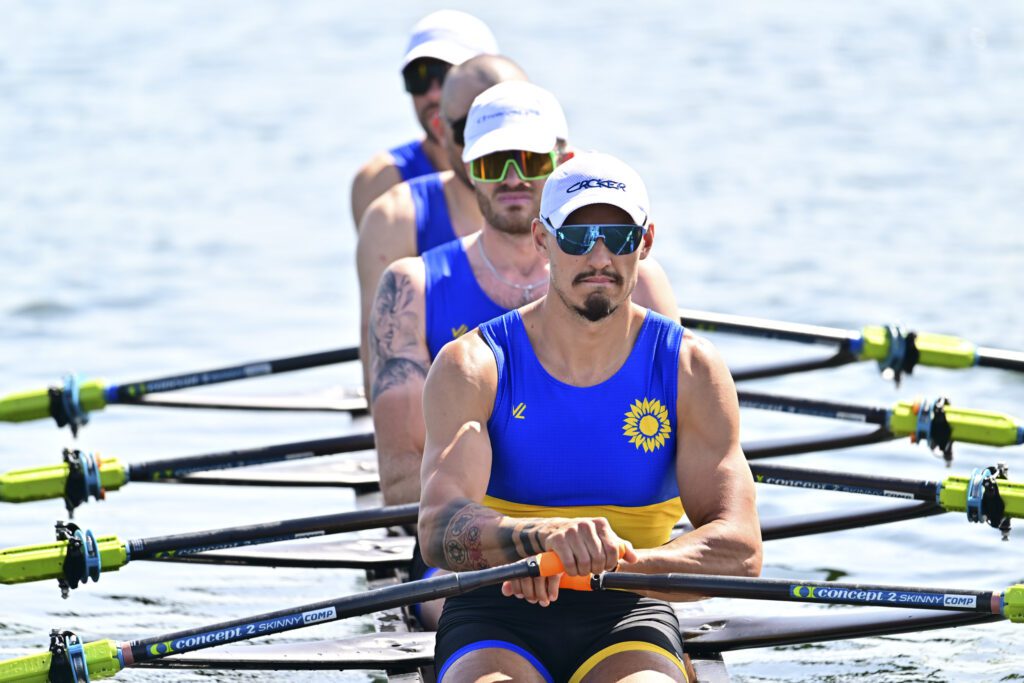If you haven’t noticed an issue with inclusion and diversity in rowing in the US (and around the world), the chances are you’re (i) white and (ii) haven’t been paying attention. Throughout the 150-year history of rowing in the United States, exclusion and discrimination, on top of existing broader systemic oppression, have ensured the perpetuation of a predominately white, affluent, and able-bodied community at all levels of the sport. Historically, policies and attitudes existed which intended to limit the entrance of women, of racial and ethnic minorities, and of other marginalized communities into the sport.
For those who haven’t read it, Red Rose Crew by Daniel J. Boyne is a fantastic look at the decades-long saga to overturn barriers which excluded women in the world of rowing. It tells the story of the first US women’s crew to compete at the Olympics in 1976, which was also the first year that women were able to compete in rowing in the Olympics. It paints the iconic scene, famous among US rowers, of Chris Ernst leading 19 Yale seniors into the office of the Director of Women’s Athletics and stripping down to reveal “Title IX” written across their bodies. It details how Title IX, legislation passed in 1972 which prohibited discrimination in educational settings on the basis of sex, impacted the world of rowing. The story of women in the US fighting their way into the boat, leading up to the present day when the US women’s eight has dominated global rowing for over a decade, is an inspirational one.
It was not the end of discrimination in rowing in America though.
Today, the rowing community continues to struggle to provide equitable access to the sport for ethnic and racial minorities, particularly the Black community, as well as athletes with disabilities and LGBTQ athletes. In the US, we’re experiencing a new moment of reckoning with the long-standing problem of racial discrimination. Continued police brutality against the Black community and the murders of George Floyd and Breonna Taylor, Ahmaud Arbery, and many more, have been a catalyst leading to a broader focus on the issues of race in the US. These acts of violence are occurring against the backdrop of the Covid-19 crisis, a disease we see impacting communities of color, and especially Black communities the most, with higher incidences of infection, hospitalization, and death from the virus among these communities and with higher rates of unemployment due to the pandemic among these communities.
“Leaders within the American rowing community are reevaluating what they have done in the past to promote diversity and inclusion in rowing and are acknowledging that what they have done has not been enough”
Leaders within the American rowing community are reevaluating what they have done in the past to promote diversity and inclusion in rowing and are acknowledging that what they have done has not been enough. Rowing is certainly not the only sport dominated by white, affluent people; according to the National Collegiate Athletic Association 2018-2019 breakdown, 64% of athletes across sports were white, and 85% of both athletic directors and head coaches were white. This represents a systemic problem across sports to promote the inclusion of diverse athletes and leaders. The rowing community must acknowledge both the systemic problems that impede access for marginalized communities across many sports, as well as the particular barriers within the sport of rowing that hinder inclusive access.
Addressing the ways marginalized communities are excluded from rowing and building programs that are more accessible to these communities helps improve the world of rowing for everyone. By bringing in more people across races, ethnicities, genders, sexual orientations, and physical and cognitive ability, we expand the size of the community and the diversity of perspectives brought to that community which help make it stronger. We give more people the chance to fall in love with rowing and reap the many rewards of the sport, in pursuing the highest excellence of fitness, in appreciating and working to protect the environment we row in, and in fostering competitive spirit and comradery. At the youth level, promoting access to the sport among high schoolers can provide a path to college scholarships. Currently, 1/2 women and 1/6 men in the US receive college scholarships for rowing, and yet high school level rowing programs are traditionally found at private, elite prep schools which themselves are dominated by white and affluent people. Finally, by working to make rowing more diverse at all levels, including the athletes, program directors, coaches and referees, we can cultivate a community where rowers see themselves reflected in leadership and at the highest levels of the sport and know that they too can build a life within the rowing community.
In just the past few months, some of the biggest and most influential organizations within rowing in America have made strides to promote this vision of an inclusive rowing world.
In November, the Head Of The Charles Regatta organization and the Gold Cup in Philadelphia announced the recipients of a new grant to support US rowing programs committed to diversity and inclusion. The grant totalled $100,000 and was dispersed across seven extraordinary programs serving underrepresented youth and communities. The organizers emphasized the goal of the grant foundation to promote collaboration across many programs, to share learnings and work together to improve not just specific programs but the sport as whole. The inaugural group of programs selected will receive not just monetary support, but also participate in cross-program conversations among “ other grant recipients and applicants to foster shared learning and growth. The grant is not just a goal among HOCR and the Gold Cup for 2020, says Elle Carolan, board member of the Gold Challenge Cup Foundation, it is an enduring focus for both organizations. She highlighted how collaboration among programs and key learnings from this first year will help make the goals of the foundation sustainable and how the “strength of the partnership and [us] bringing more people in will make us stronger and more able to do work on a bigger scale and have a long-lasting impact”.
The grant recipients are bringing unique approaches to creating, growing, and sustaining more diverse and inclusive boathouses at all levels of the sport, including youth programs. The grant foundation recognizes the need to “home in on those programs that [offer] competitive racing experience to young people of color to really develop them as athletes and stewards in their community,” as Priscilla Livingston, Director of Operations for HOCR says. A key part of these programs reaching youth athletes involves them building successful relationships within their broader communities and partnering with other non-profits and organizations to amplify their impact. As Elle Carolan went on to put it, these programs are “truly [a] part of the communities they [are] serving and working in”.
“USRowing must be representative of the population it serves. We aim to reflect the diversity of the USA and develop an inclusive and equitable environment for all persons to take part in the great sport of rowing,”
Brielle Stark – USRowing Standing Board Committee on DEI
In addition to organizations like the HOCR and the Gold Cup, USRowing itself has taken action to acknowledge their shortcomings in promoting diversity and inclusion and set a course for pursuing diversity, equity and inclusion as a priority. Their June 2020 statement “USRowing is Committed to Changing and Being an Agent of Change” started with a pledge of support for the Black Lives Matter movement and was followed by the organization openly accepting responsibility for the lack of commitment to diversity and inclusion as a priority previously and acknowledging that they have been “notably and unacceptably absent” from the necessary conversations on race in the US, saying “a commitment with no follow-through is not leadership. It is not action”. In the statement, they went on to lay out immediate initiatives to confront this problem, including establishing a Standing Board Committee on Diversity, Equity & Inclusion (DEI). This committee will revisit previous priorities and recommendations on DEI and update them to formulate a new strategic path for USRowing.
“USRowing must be representative of the population it serves. We aim to reflect the diversity of the USA and develop an inclusive and equitable environment for all persons to take part in the great sport of rowing,” says Brielle Stark, one of the newly announced members of the USRowing Standing Board Committee on Diversity, Equity & Inclusion. In addition to this new role, she is also an Assistant Professor of Speech, Language and Hearing at Indiana University Bloomington, a former coxswain from Bryn Mawr College Crew and Cambridge University, and currently a USRowing Level II coach and a USRowing assistant referee.
She and her fellow committee members acknowledge the demands of the task at hand; the committee must grapple with both the specific barriers within rowing contributing to inequitable access for marginalized communities, and the broader systemic forms of discrimination against these communities. They have designed a committee structure to reflect the complexities of these issues, establishing three working groups focused on assisting the USRowing board and CEO in developing a strategic plan to integrate DEI priorities and strategies into the organizational mission, identifying priorities and strategies related to the many external partners of USRowing (e.g., clubs, colleges, high schools, coaches, referees), and promoting transparency and accountability. “It is a big task, there’s no denying that, but we are all incredibly dedicated to creating and sustaining change,” says Stark.
“It is a big task, there’s no denying that, but we are all incredibly dedicated to creating and sustaining change”
Brielle Stark – USRowing Standing Board Committee on DEI
In addition to the efforts of large organizations like USRowing, HOCR and the Gold Cup, change is being cultivated among boathouses and individual programs, and they are promoting the need for action among other programs and arming those programs with learnings and resources to enable all boathouses to foster more equitable access to the sport. In June 2020, leaders from Philadelphia City Rowing and Row New York published “8 Ways to Take Action and Make Your Boathouse More Inclusive” detailing meaningful actions that programs can and should take to help ensure they are operating inclusive teams. These actions include educating yourself on the significance of diversity and anti-racism, making DEI a priority for your programs, promoting accountability and zero tolerance for exclusionary behavior or discrimination, building relationships with your community, making your program more financially accessible, developing a pipeline of representative leadership, and carrying the work of anti-racism beyond the boathouse. This guidance, put together by leaders from these phenomenal programs, serves as a starting point for launching important conversations within boathouses on confronting the issues of diversity and inclusion in rowing.
It is important, when thinking about how we can address and dismantle systems of oppression, to confront the fact that they were set up intentionally. To ignore this intent is to ignore the impact. In the US, laws of segregation existing long after slavery was abolished kept Black communities from occupying space with white people and participating in many sports. Systemic racism has kept Black communities and other communities of color from having equitable access to financially demanding programs like rowing. Attitudes of discrimination and prejudice continue to be indoctrinated across communities which can lead to hostility towards racial and ethnic minorities, towards LGBTQ people, and towards people with disabilities. But rowing is a sport which demands that we pursue collaboration and harmony at its highest level, and the rowing community cannot afford to ignore the detriment of exclusion. We cannot afford to ignore the communities that we are leaving behind. Rowing is not a sport to which a privileged few are entitled; it is the most amazing sport in the world, and we must do more to ensure we are moving beyond the racism and classism which have defined it for too long.
This article first appeared in
